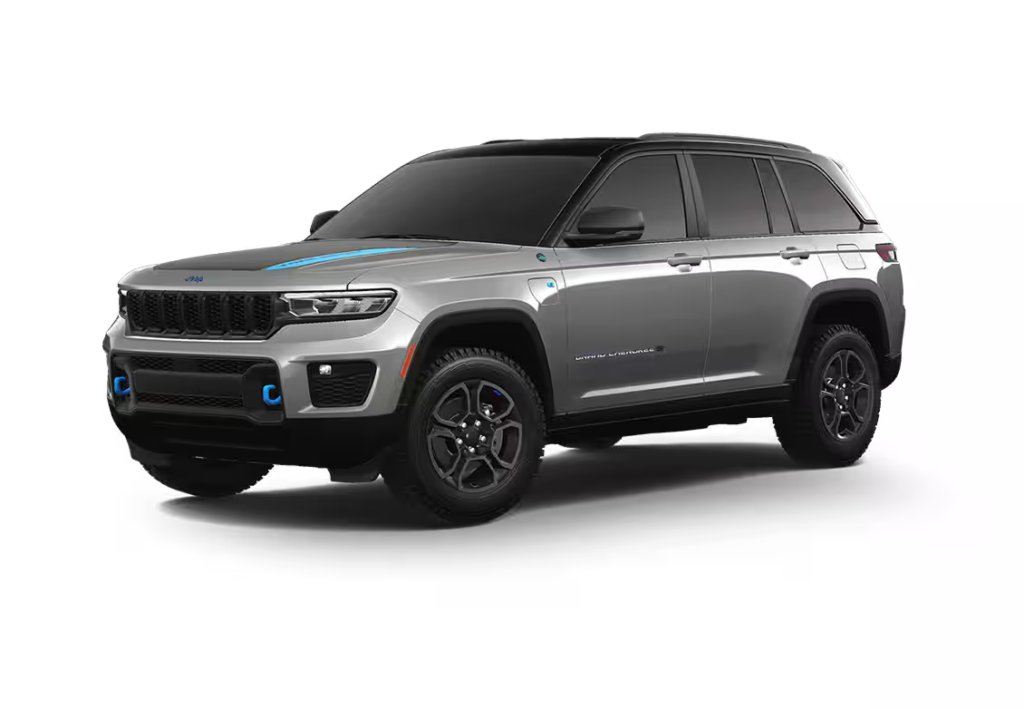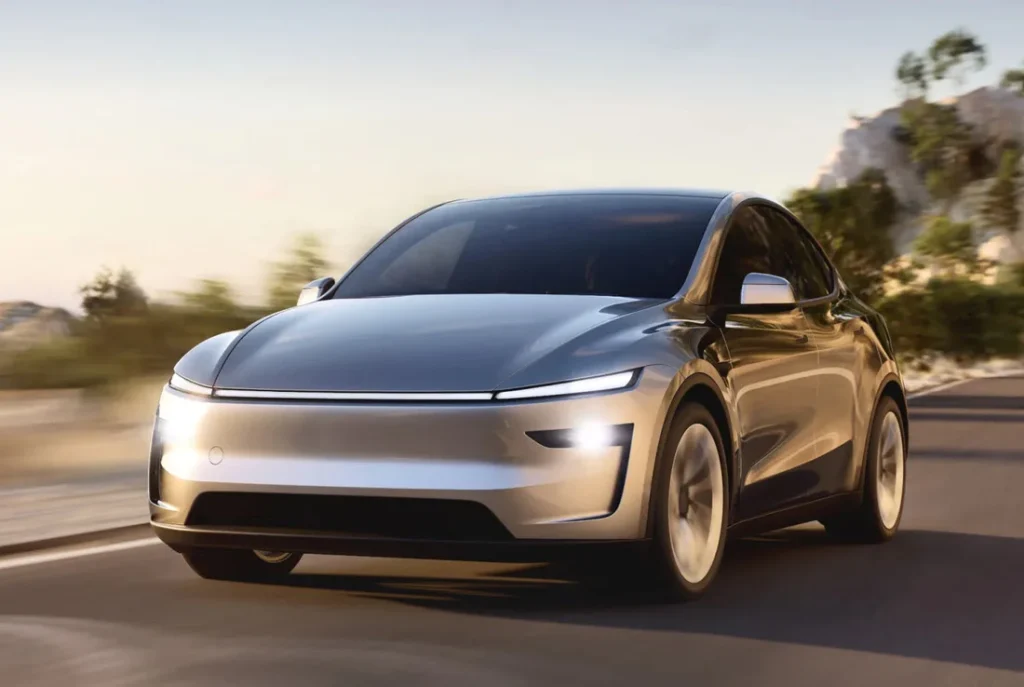The Jeep Grand Cherokee has long been a staple in the midsize SUV segment, renowned for its blend of rugged capability and refined comfort. For fleet operators seeking a versatile vehicle that can handle diverse operational demands, the Grand Cherokee presents a compelling option. This comprehensive review delves into the various facets of the Grand Cherokee, providing insights tailored to fleet utilization.

Performance and Powertrain
The 2025 Jeep Grand Cherokee offers a range of powertrains to suit different performance requirements:
- 3.6L Pentastar® V6 Engine: Delivering 293 horsepower and 260 lb-ft of torque, this engine provides adequate power for most driving scenarios. It achieves an EPA-estimated 19 mpg city and 26 mpg highway, making it a balanced choice for fuel efficiency and performance.
- 5.7L HEMI® V8 Engine: Available on higher trims, this engine produces 357 horsepower and 390 lb-ft of torque, with a towing capacity of up to 7,200 pounds. However, it comes at the cost of lower fuel efficiency, rated at 14 mpg city and 22 mpg highway.
- 4xe Plug-in Hybrid: Combining a 2.0L turbocharged inline-four engine with electric motors, the 4xe delivers a total of 375 horsepower and 470 lb-ft of torque. It offers an electric-only range of approximately 25 miles and a combined fuel economy of 56 MPGe, presenting an eco-friendly option for fleets focused on sustainability.
The Grand Cherokee’s towing capabilities and engine options provide flexibility for fleets requiring both performance and efficiency.
Interior Comfort and Cargo Capacity
The Grand Cherokee’s interior is designed with both driver comfort and passenger convenience in mind. Depending on the configuration, it offers seating for up to seven passengers in the Grand Cherokee L model. Cargo capacity is ample, with up to 70.8 cubic feet available in the two-row model and 84.6 cubic feet in the three-row Grand Cherokee L when rear seats are folded. Features such as heated and ventilated seats, dual-zone or quad-zone automatic temperature control, and premium upholstery options enhance comfort during long drives.
Technology and Connectivity
Equipped with the Uconnect® 5 infotainment system, the Grand Cherokee offers an 8.4-inch or 10.1-inch touchscreen, depending on the trim level. Standard features include wireless Apple CarPlay® and Android Auto™ integration, Bluetooth® connectivity, and multiple USB ports. Higher trims provide advanced options such as a 10.25-inch front passenger display, a rear-seat entertainment system with Amazon Fire TV, and a premium 19-speaker McIntosh® audio system. These technological amenities can enhance driver satisfaction and passenger experience, which are crucial for fleet operations.
Safety and Driver Assistance
Safety is paramount in fleet management, and the Grand Cherokee delivers with a comprehensive suite of standard and available driver-assistance features:
- Standard Features:
- Adaptive cruise control with stop-and-go functionality
- Blind-spot monitoring with rear cross-path detection
- Full-speed forward collision warning with active braking
- Lane departure warning with lane keep assist
- Available Features:
- Night vision with pedestrian and animal detection
- Intersection collision assist
- Drowsy driver detection
- Surround-view camera system
These features contribute to enhanced driver awareness and accident prevention, aligning with fleet safety protocols.
Fuel Efficiency and Sustainability
For fleets prioritizing fuel efficiency and environmental responsibility, the Grand Cherokee’s 4xe plug-in hybrid model stands out. With an electric-only range suitable for short-distance travel and a combined fuel economy that reduces overall fuel consumption, it offers a sustainable alternative without compromising performance. Additionally, the availability of different powertrains allows fleet managers to select models that best fit their operational needs and fuel efficiency goals.
Maintenance and Reliability
The Grand Cherokee comes with a standard warranty package that includes:
- Limited Warranty: Three years or 36,000 miles
- Powertrain Warranty: Five years or 60,000 miles
- Complimentary Maintenance: Three years with unlimited miles
While the warranty coverage is standard for the segment, it’s advisable for fleet operators to consider extended warranties or maintenance plans to manage long-term ownership costs effectively.
Pros and Cons
Pros:
- Diverse powertrain options catering to various performance and efficiency needs
- Robust towing capabilities suitable for transporting equipment
- Comprehensive safety features enhancing driver and passenger protection
- Advanced technology offerings improving connectivity and user experience
Cons:
- Higher trims can become costly, potentially impacting fleet budgets
- Fuel efficiency of the V8 engine is lower compared to competitors
- Some users report a stiff ride quality, which may affect driver comfort over long distances
BroadRock’s Insight: 8/10
The Jeep Grand Cherokee presents a versatile and capable option for fleet operators, offering a range of powertrains, advanced safety features, and ample cargo space. Its blend of performance and comfort makes it suitable for various fleet applications, from executive transport to field operations. However, considerations regarding trim level costs and fuel efficiency should be carefully evaluated to ensure alignment with fleet budgets and sustainability goals.

